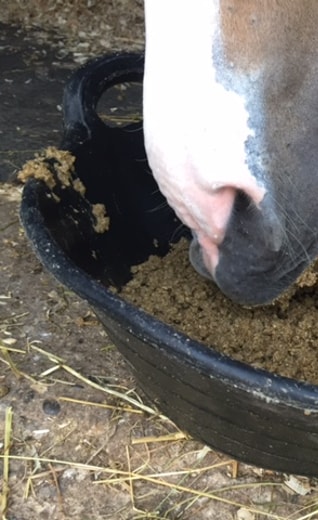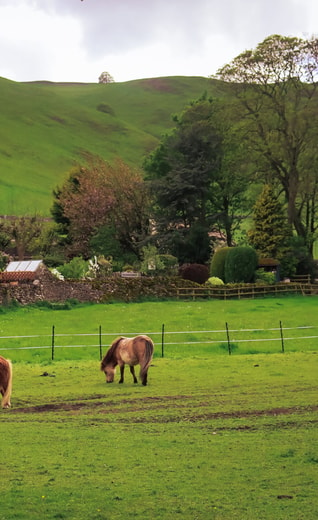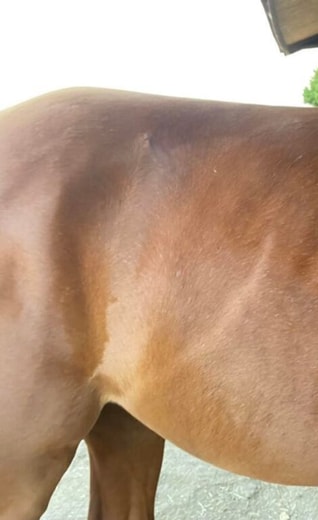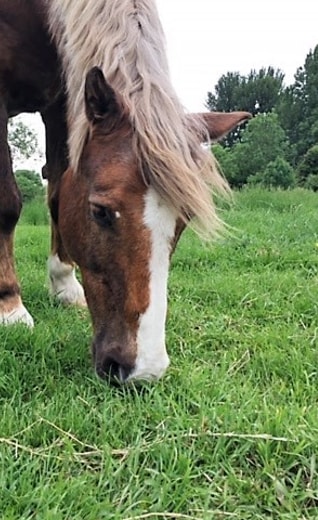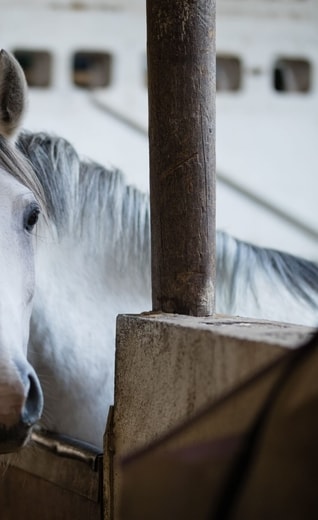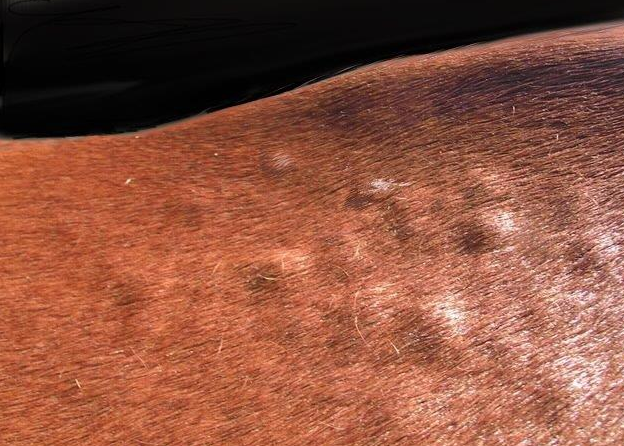
The truth about protein
Published June 17, 2016When it comes to nutrition, one of the fundamental things we’re taught is that proteins are ‘the building blocks of life’; essential for growth and repair.
This is true for us and also true for our horses. Proteins consist of long chains of amino acids, 10 of which (there are 22 in total) cannot be synthesised by the horse and therefore must be provided by the diet. This considered, can protein really be responsible for as many problems as is often believed?
A diet high in protein is often thought to contribute to conditions such as laminitis, colic, tying up and excitability. In truth, it’s high levels of starch and sugar that present a nutritional risk factor for such conditions, not protein. Contrary to popular belief, protein is not primary energy horses and any excess in the diet is excreted in urine.
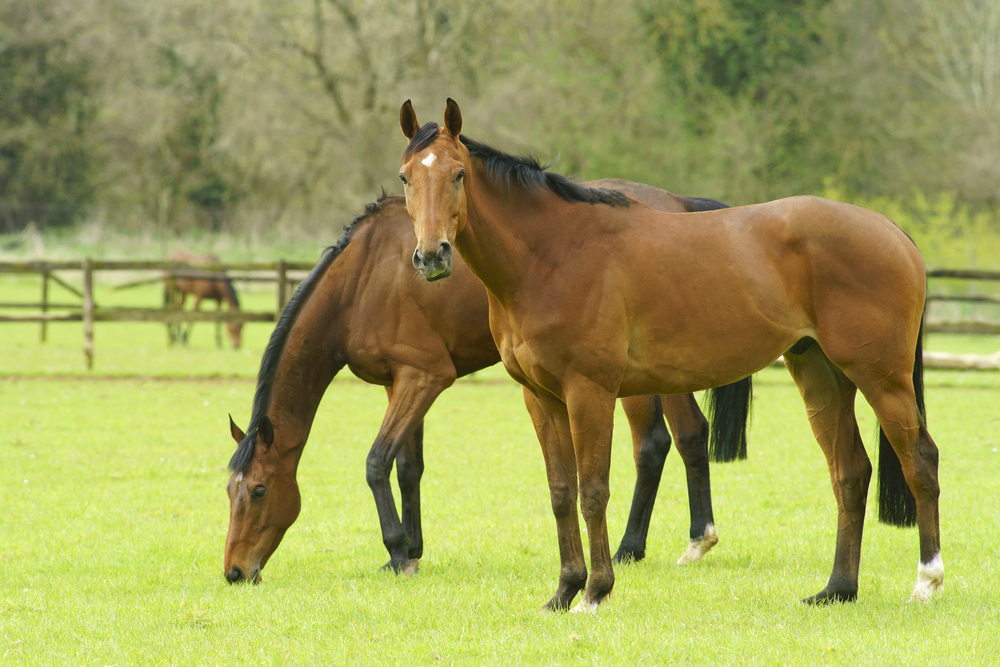
If undigested in the small intestine, excess starch and sugar is rapidly fermented in the large intestine resulting in a rise in acid (predominantly lactic acid) and lowering of gut pH. In turn this upsets the microbial population of the gut and may lead to conditions such as laminitis and colic.
Although just one of many factors that can affect the horse’s behaviour, diet can generally lead to or exacerbate excitably in one of two ways. Firstly by oversupplying energy or secondly and in fact most commonly, by providing high levels of starch and sometimes sugar although the reason for this is still not fully understood. So why is it that protein is often considered to be such a problem?
One possible explanation could be the law surrounding feed labels. Protein content must be declared on feed labels, but for many years this was not the case for starch (nowadays it must now be declared if the packaging makes a specific claim, for example; ‘low in starch’).
In order to maintain a balanced diet, the level of protein in compound feeds increases alongside energy. Consequently, if moving to a higher energy feed resulted in a change of behaviour, laminitis or colic, owners may have thought the increase in protein (and not the hidden increase in starch in cereal based feeds) was responsible.

One of the main causes of concern for many owners is finding lumps and bumps on their horse’s skin. Traditionally, these were often diagnosed as ‘protein bumps’, but in many cases, lumps and bumps are not diet related. True feed allergies are very rare and when they do occur, are the result of a specific type of protein, so reducing the amount fed would be unlikely to help.
Filled legs are also a major concern among owners. When not accompanied by heat or lameness, being stabled for longer periods is generally considered to be one of the most common causes of filled legs. In fact, there is no reason why excess protein should cause filled legs and therefore any accompanying feed changes are likely to be coincidental.
Good nutrition is about balance and vilifying anyone nutrient is not helpful. Protein plays an essential role in the diet and certainly does not deserve the bad press if often receives.
